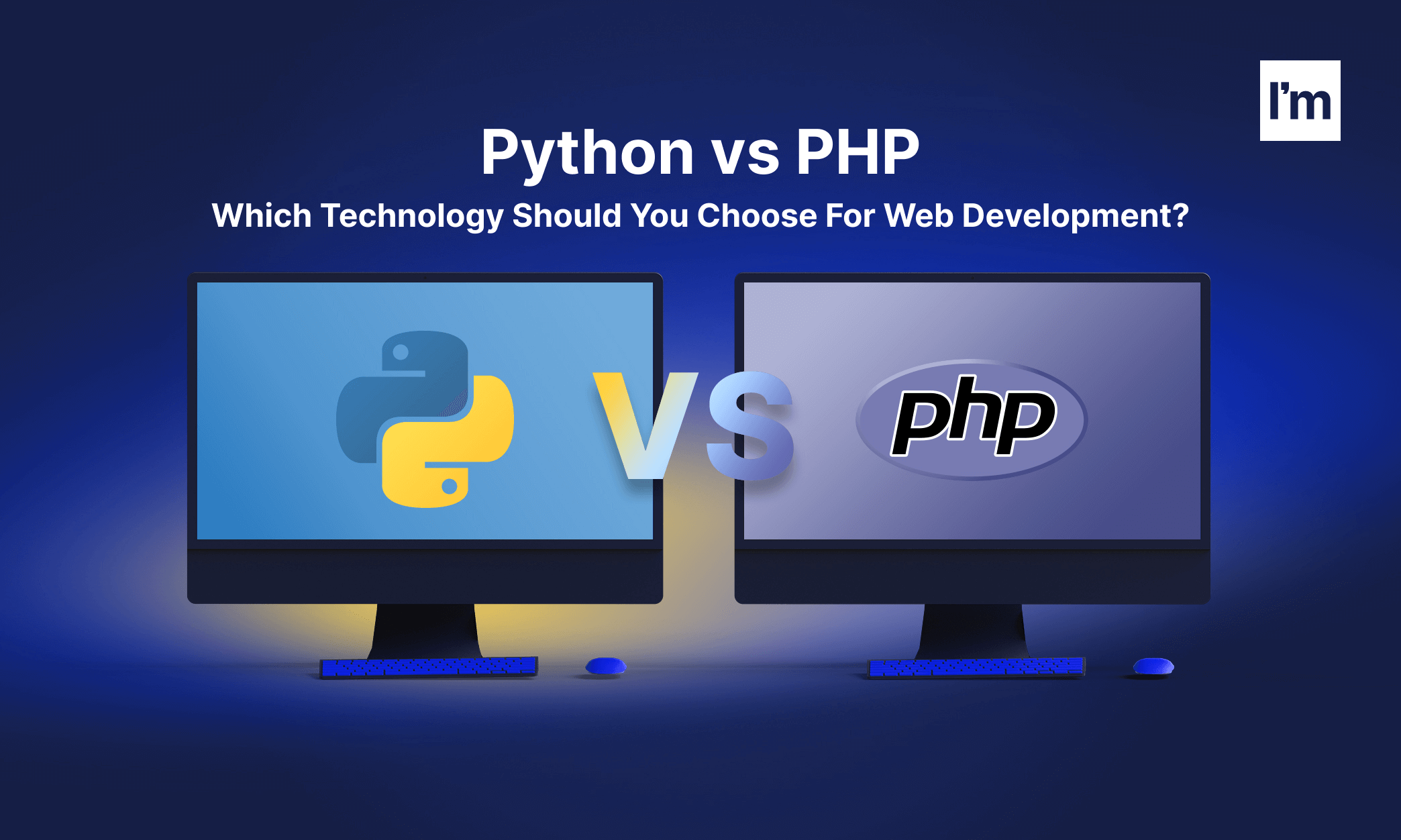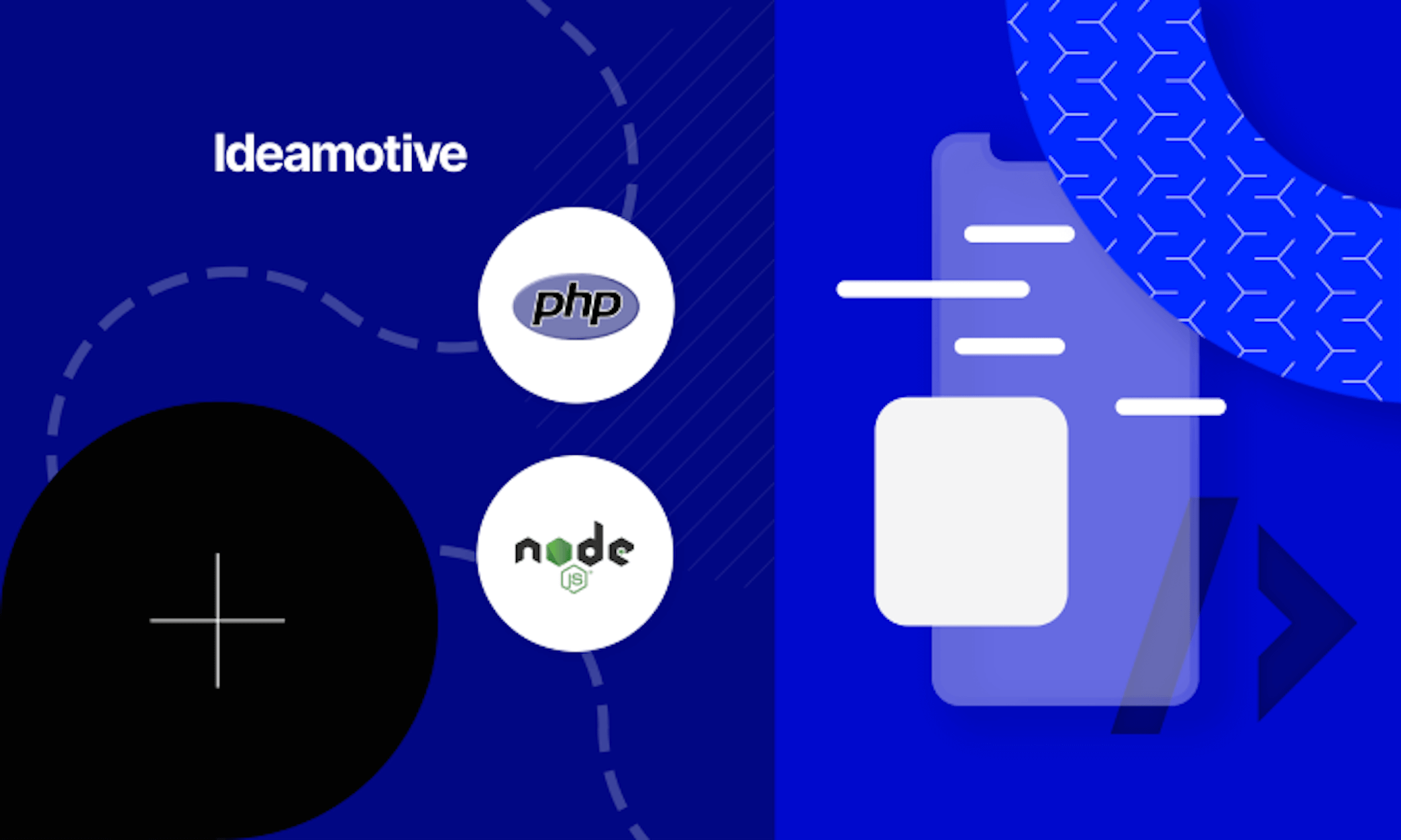Best PHP Interview Questions And Answers
Need to test someone’s PHP developer skills, or prepare for a PHP interview?
Veteran developers and recruiters from our tech talent marketplace shared their secret PHP programmer interview questions and answers to help test a developer's PHP knowledge and experience.
If you're interviewing PHP developers, keep in mind that you should also ask these interview questions to test the applicant’s communication and management skills.
Here you’ll find junior, mid and senior PHP interview questions, as well as some PHP tasks for the interview.
Junior PHP Developer Interview Questions
01
How is PHP commonly used?
- It performs system functions, that is, from files in the system, it can create, open, read, write and close them.
- It can process forms, that is, collect data from files, save data to a file, send data by email, and return data to the user.
- You can add, remove, modify items in your database using PHP.
- Accessing Variable Cookies and Setting Cookies.
- Using PHP, you can restrict user access to certain pages of your site, as well as encrypt data.
02
What is PEAR in PHP?
PEAR is a framework and repository for reusable PHP components. PEAR stands for PHP Extension and Application Repository. It contains all types of PHP code snippets and libraries. It also provides a command line interface to automatically install "packages".
03
What is the difference between static and dynamic websites?
- On static websites, the content cannot be changed after the script is run. You cannot change anything on the site as it is predefined.
- On dynamic ones, the contents of the script can be modified at runtime. Its content is updated every time the user visits or reloads.
04
How do I execute a PHP script from the command line?
To execute a PHP script, use the PHP Command Line Interface (CLI) and specify the script file name as follows:
PHP script.PHP
05
Is PHP a case-sensitive language?
PHP is partially case-sensitive. Variable names are case sensitive, but function names are not. If you define the function name in lowercase and call them in upper case, it will still work. UDFs are not case sensitive, but the rest of the language is case sensitive.
06
What does "escaping to PHP" mean?
The PHP parsing engine needs a way to distinguish PHP code from other elements on the page. This mechanism is known as "switching to PHP". Escaping a string means reducing the ambiguity in quotes used in that string.
07
What are the characteristics of PHP variables?
Some of the important characteristics of PHP variables include:
- All PHP variables are denoted by a leading dollar sign ($).
- The value of a variable is the value of its last assignment.
- Variables are assigned using the = operator, with the variable on the left and the expression to be evaluated on the right.
- Variables can, but need not be, declared before assignment.
- Variables in PHP do not have internal types - a variable does not know in advance whether it will be used to store a number or a string of characters.
- Variables used prior to their assignment have default values.
08
What are the types of PHP variables?
PHP has 8 data types that are used to create variables:
- Integers are whole numbers without a decimal point, such as 4195.
- Doubles are floating point numbers, such as 3.14159 or 49.1.
- Booleans - have only two possible values: true or false.
- NULL is a special type that has only one value: NULL.
- Strings are sequences of characters, for example, "PHP supports string operations".
- Arrays are named and indexed collections of other values.
- Objects are instances of programmer-defined classes that can box both other value types and functions specific to that class.
- Resources are special variables that contain references to resources external to PHP.
09
What are the rules for naming a PHP variable?
-
The following rules must be followed when naming a PHP variable:
- Variable names must begin with a letter or underscore.
- A variable name can consist of numbers, letters, and underscores, but you cannot use characters such as +, -,%, (,). & , etc.
10
What are the rules for determining the "truth" of any value that is not yet Boolean?
The rules for determining the "truth" of any value that is not yet Boolean are as follows:
- If the value is a number, it will be false if it is exactly zero, and true otherwise.
- If the value is a string, it will be false if the string is empty (contains null characters) or is the string "0", and true otherwise.
- NULL values are always false.
- If the value is an array, it will be false if it contains no other values, and true otherwise. For an object containing a value, means that there is a member variable that has been assigned a value.
- Valid resources are true (although some functions that return resources on success return FALSE on failure).
- Don't use double booleans.
Mid PHP Developer Interview Questions
01
How do you define a constant in PHP?
To define a constant, you must use the define() function, and to get the value of a constant, you just need to specify its name. Once you have defined a constant, it can never be changed or undefined. It is not necessary to have a constant with a $ symbol. A valid constant name begins with a letter or underscore.
02
What is the purpose of the break and continue statement?
- Break - ends the for loop or switch statement and transfers execution to the statement immediately after the for or switch loop.
- Continue - forces the loop to skip the rest of its body and immediately re-check its state before repeating.
03
What is the point of the last class and the last method?
The final keyword in a method declaration indicates that the method cannot be overridden by subclasses. A class declared final cannot be subclassed. This is especially useful when we are creating an immutable class such as the String class. Properties cannot be declared final, only classes and methods can be declared final.
04
How can you compare objects in PHP?
We use the "==" operator to check if two objects are instances of the same class and have the same attributes and equal values. We can also check if two objects refer to the same instance of the same class using the "===" identity operator.
05
How can PHP and Javascript interact?
PHP and Javascript cannot communicate directly as PHP is a server-side language and Javascript is a client-side language. However, we can exchange variables as PHP can generate Javascript code to be executed by the browser and it is possible to pass certain variables back to PHP via a URL.
06
How can PHP and HTML interact?
- It is possible to generate HTML using PHP scripts, and it is also possible to transfer pieces of information from HTML to PHP. PHP is a server-side language and HTML is a client-side language, so PHP is executed on the server-side and receives the results as strings, arrays, objects, and then we use them to display our values in HTML.
07
What are some of the popular PHP frameworks?
Some of the popular frameworks in PHP:
- CakePHP
- CodeIgniter
- Yii 2
- Symfony
- Zend Framework
08
What are include () and require () functions?
The Include () function is used to put data from one PHP file into another PHP file. If errors occur, the include () function issues a warning but does not stop the script execution, and it will continue execution.
The Require () function is also used to put data from one PHP file into another PHP file. If there are any errors, the require () function will throw a warning and fatal error and stop the script execution.
09
What is the main difference between require () and require_once ()?
Require () includes and evaluates a specific file, while require_once () does so only if it has not been included previously. The require_once () statement can be used to include a PHP file in another when you may need to include the called file more than once. So, require_once () is recommended when you want to include a file where you have a lot of functionality.
10
Explain the syntax of the "foreach" loop with an example.
The foreach statement is used to loop through arrays. For each pass, the value of the current array element is assigned to $ value, the array pointer is moved by one, and the next pass will process the next element.
Syntax:
foreach (array as value)
{
code to be executed;
}
Example:
<?PHP
$colors = array("blue", "white", "black");
foreach ($colors as $value) {
echo "$value
";
}
?>
Senior PHP Developer Interview Questions
01
What types of arrays are there in PHP?
PHP has 3 types of arrays:
- Indexed Array. An array with a numeric index is called an indexed array. The values are stored and accessed linearly.
- Associative Array. An array with strings as an index is known as an associative array. In this case, the values of the elements are stored together with the values of the keys, and not in a strict linear order of the index.
- Multidimensional Array. An array containing one or more arrays is known as a multidimensional array. Values are accessed using multiple indices.
02
How can you set an infinite execution time for a PHP script?
Set_time_limit (0), added at the beginning of the script, sets an infinite execution time so that there is no PHP error "maximum execution time exceeded". This can also be specified in the PHP.ini file.
03
What is the main difference between asp net and PHP?
PHP is a programming language whereas ASP.NET is a programming environment. Websites developed by ASP.NET can use C# as well as other languages such as J#. ASP.NET is compiled and PHP is interpreted. ASP.NET is designed for Windows computers, whereas PHP is platformless and usually runs on Linux servers.
04
What is overloading and overriding in PHP?
Overloading is the definition of functions that have similar signatures but different parameters. Overriding only applies to derived classes where the parent class has defined a method and the derived class wishes to override that method. In PHP, you can only overload methods with the __call magic method.
05
What is the difference between $ message and $$ message in PHP?
They are both variables. But $ message is a variable with a fixed name. $$ message is a variable whose name is stored in $ message. For example, if $ message contains "var", $$ message is the same as $ var.
06
How can we create a database using PHP and MySQL?
Basic steps to create a MySQL database using PHP:
- Establish a connection to the MySQL server from your PHP script.
- If the connection is successful, write a SQL query to create the database and store it in a string variable.
- Complete your request.
07
What is the difference between the GET and POST methods?
|
GET |
POST |
|
The GET method can send a maximum of 1024 characters. |
The POST method has no limit on the size of the data sent. |
|
GET cannot be used to send binary data such as images or text documents to the server. |
The POST method can be used to send both ASCII and binary data. |
|
The data sent by the GET method can be accessed by using the QUERY_STRING environment variable. |
The data sent by the POST method goes through the HTTP header, so the security depends on the HTTP protocol. |
|
PHP provides an associative array $ _GET for accessing all submitted information using the GET method. |
PHP provides an associative array $ _POST to access all submitted information using the POST method. |
08
What is the use of a callback in PHP?
-
PHP callbacks are functions that can be called dynamically by PHP. They are used by native functions like array_map, usort, preg_replace_callback, etc. A callback function is a function that you create yourself and then pass to another function as an argument. After accessing your callback function, the receiving function can call it at any time.
Here's a basic example of a callback function:
<?PHP
function thisFuncTakesACallback($callbackFunc)
{
echo "I'm going to call $callbackFunc!
";
$callbackFunc();
}
function thisFuncGetsCalled()
{
echo "I'm a callback function!
";
}
thisFuncTakesACallback( 'thisFuncGetsCalled' );
?>
09
How do I connect to a URL in PHP?
PHP provides the cURL library, which is probably already included in the default PHP installation. cURL stands for Client URL and it allows you to connect to the URL and get information from that page, such as the HTML content of the page, HTTP headers, and related data.
10
What is the difference between runtime exception and compile time exception?
An exception that is thrown at compile time is called a checked exception. This exception cannot be ignored and must be handled with care. For example, if you use the FileReader class to read data from a file, and the file specified in the class constructor does not exist, a FileNotFoundException is thrown and you have to handle that exception. To do this, you will need to write code in a try-catch block and handle the exception. On the other hand, an exception thrown at runtime is called an unchecked-exception.

There are hundreds of battle-proven software development experts in our Talent Network.
Are you a PHP developer looking for amazing projects? Join as a Talent





